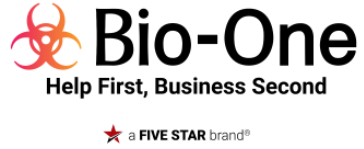Christopher Richards, Strategic Account Manager at PXtech, highlights how businesses can encourage workplace inclusivity and safeguard their practices through the use of cutting-edge technology.
The recent news that a Starbucks employee contemplated suicide after her employers failed to recognise her dyslexia was shocking and no doubt deeply upsetting for all involved. Starbucks has repeatedly stated that no discrimination was intended and promised to review their workplace equality policies. But could this problem have been avoided entirely?
Emerging technologies for the retail and hospitality sector are increasingly designed with inclusivity in mind. Just as calculators did away with the need for keen arithmetic skills, so tablet and mobile devices are ushering in an era where difficulties with reading and writing are less of a barrier to employment than ever before. Video displays with options to support the visually impaired have been commonplace for some time, but low-cost mobile and tablet devices now mean this support can be moved, quite literally, into other areas of the business. Voice recognition and picture-based menus mean many tasks can be completed with no reading or writing skills. By linking peripherals such as barcode scanners or thermometers to a tablet or mobile device, key data such as temperature readings can automatically be sent to a central repository in the cloud entirely removing the need for data to be recorded manually. Training and operational guidance can be provided as text, a video or even a series of step-by-step instructions spoken aloud as a task progresses.
Utilising technologies such as these not only removes the risk of being accused of discriminatory businesses practices, but also opens the door to a wide range of employees with a variety of disabilities or learning difficulties, and to those of different nationalities who may find the local language a challenge. Other benefits act as additional encouragement to businesses contemplating implementation of these technologies. Moving to paperless systems not only enhances green credentials but saves money on printing and storage costs. In addition, data that is automatically uploaded to an electronic device cannot be faked or tampered with, guaranteeing reliability and figures that may indicate a problem in an outlet can be automatically recognised, and an alert sent to the phone of a senior staff member so they can take appropriate action.
These benefits all help to reduce risks and boost profits for a business, at the same time as raising inclusivity and providing greater opportunities to succeed for employees of all ability ranges.









